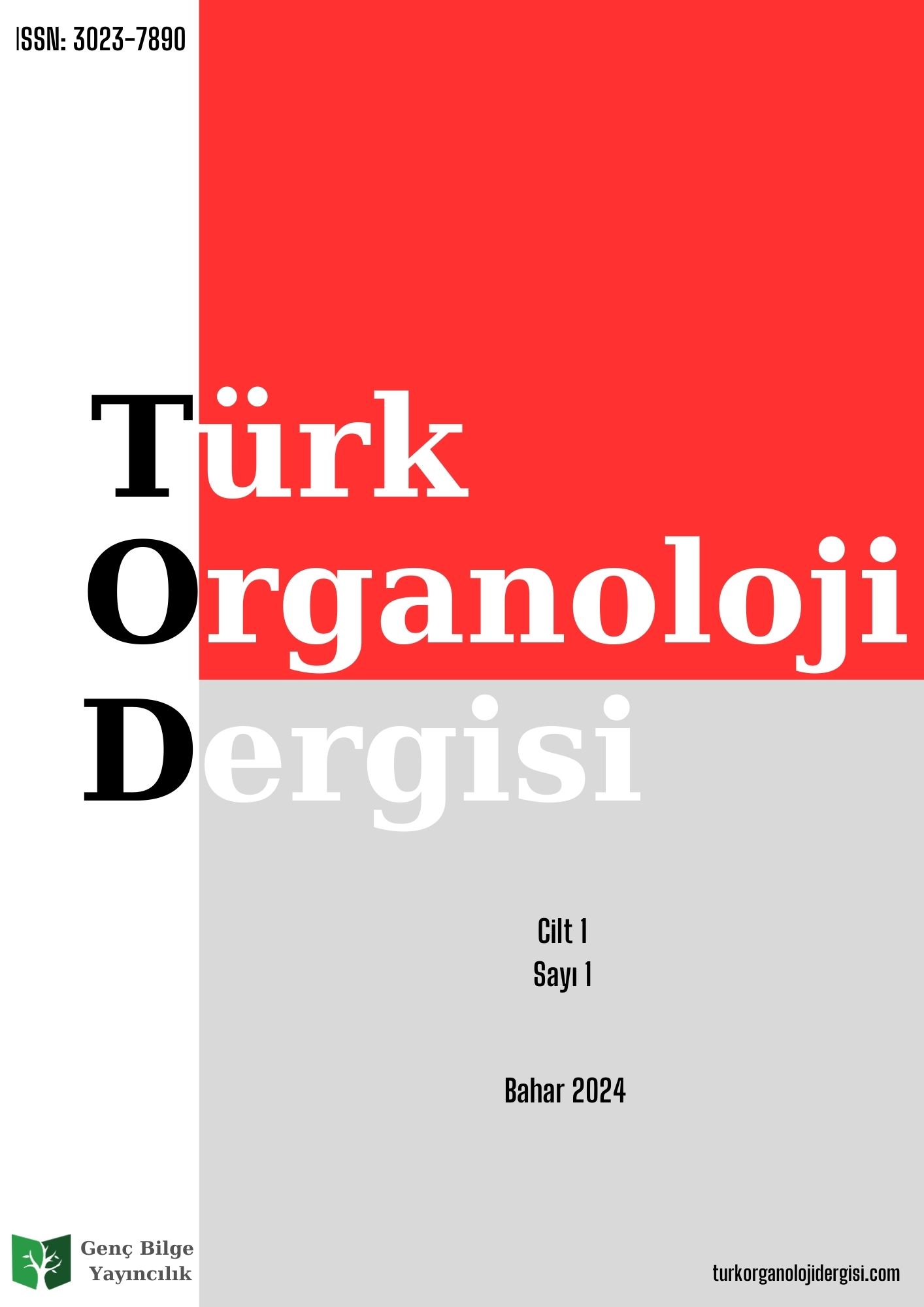Nasiruddin Tusi's invention, the Mehter whistle (Kelenay) musical instrument
DOI:
https://doi.org/10.5281/zenodo.11193720Keywords:
Kelenay, Mehter whistle, Nasiruddin Tusi, National wind instruments, Organology, The Book of Dede KorkutAbstract
In this article, I aimed to examine the Mehmet whistle (Kelenay), one of Azerbaijan's national wind instruments. It is known that over forty different wind instruments have been used in Azerbaijan from ancient times to the present day. Some of these instruments have been forgotten, some have survived to the present day, and some have been made by ergologist-scientists and restorers in our modern era. The Mehter whistle, which will later be referred to as the Kelenay, is such an instrument. I have a personal collection of over 80 instruments at home, among which the Mehter whistle holds a special place. The musical instrument referred to as the Mehter whistle or Kelenay, although differently named, is essentially the same instrument. The article provides the history of this instrument’s emergence, its etymology, literary sources, morphology, and notable performers. The Mehter whistle was invented by Hoca Nasuriddin Tusi, a classical Azerbaijani poet who lived in the 13th century. The Turkish scholar Evliya Çelebi provided information about this in the 17th century in his work "Seyahatname", and English musicologist Henry George Farmer (1882-1966) and scientist Süreyya Agayeva have also utilized this source. However, this article is the first time these instruments have been subject to comprehensive research. I recommend further studies on the Mehter whistle, also known as the Kelenay instrument.
Downloads
Published
Issue
Section
License
Copyright (c) 2024 Journal of Turkish Organology

This work is licensed under a Creative Commons Attribution-NonCommercial-NoDerivatives 4.0 International License.




